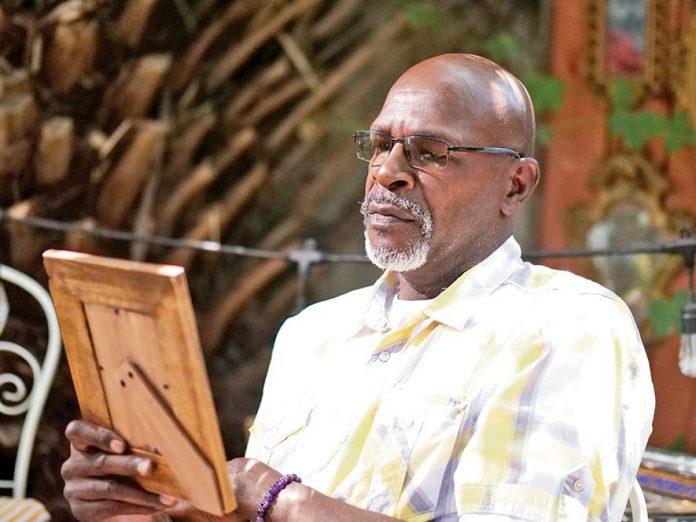Johannesburg – The most important factor in determining how much you need to retire is whether you’ll have enough money to create the income you need to support your desired quality of life after your retirement.
Most experts say your retirement income should be about 80% of your final pre-retirement salary. That means if you make R100 000 annually at retirement, you need at least R80 000 per year to have a comfortable lifestyle after leaving the workforce.
Schalk Louw, a portfolio manager at PSG Wealth, said it was wise for you to also take into account any possible variables that might affect you personally, such as declining health, possibly having to move into a retirement home with assisted living facilities, or the possibility that you might still have to cover mortgage payments after retirement.
“Let’s suggest that you currently earn R15 000 a month.
By applying the 80% rule, you will need at least R12 000 a month after retirement in order to maintain your current living standard,” he said.
Louw further said that one of the biggest variables that might affect your retirement planning was inflation and that if you did not properly compensate for inflation in your portfolio, you could fall short of your required total after retirement.
“Let’s assume that you are 40 years old and you plan to retire at age 65 [25 years].
By using the top of the South African Reserve Bank’s target range, the best-calculated guess we can offer on annual inflation is around 6%.
What this means, is that if your current needs dictate that you require R2 880 000 to retire in today’s rand terms, you will actually need around R12 360 588 when you retire in 25 years’ time, when you take inflation into account.”
Financial services group Standard Bank says that there are three stages of retirement planning.
The first relates to the building up of funds. The second stage is the date on which you feel confident that you are financially independent. The final stage is when you are drawing down on your capital.
Stage 1
Nothing prevents a taxpayer who contributes to his pension fund from making additional contributions to another retirement fund that will qualify as tax relief.
Generally stated, taxpayers may claim up to 27.5% of their earnings on their retirement fund(s), and receive the full amount as a tax deduction, whether in the current year or the following years of assessment.
Taxpayers may even include any capital gains that they make in a year of assessment as part of the 27.5% tax deduction.
Stage 2
In many respects, a retirement annuity can be regarded as a “tax neutraliser”, since any marginal rate increase will afford the same tax relief if you contribute to a retirement fund. For example, where the marginal tax rate is 45%, the taxpayer will receive corresponding tax relief of 45%.
Even where the rate may increase in future years, the same percentage will qualify for tax relief if one contributes to a retirement fund.
One can therefore stay on course to the date of financial independence and not jeopardise one’s retirement goal because of future tax increases. It is at this stage that a person must decide on the maximum lump sum needed, perhaps to settle outstanding debt. However, the generous tax relief received comes at a price and tax will be paid on all lump sums that exceed R500 000.
Stage 3
The final stage is when the balance of the funds must be invested in a compulsory annuity, whether a guaranteed life annuity or a living annuity.
The latter requires more financial advice on drawdowns and should be monitored, preferably in consultation with a competent financial planner.
Follow @SundayWorldZA on Twitter and @sundayworldza on Instagram, or like our Facebook Page, Sunday World, by clicking here for the latest breaking news in South Africa. To Subscribe to Sunday World, click here.
Sunday World



